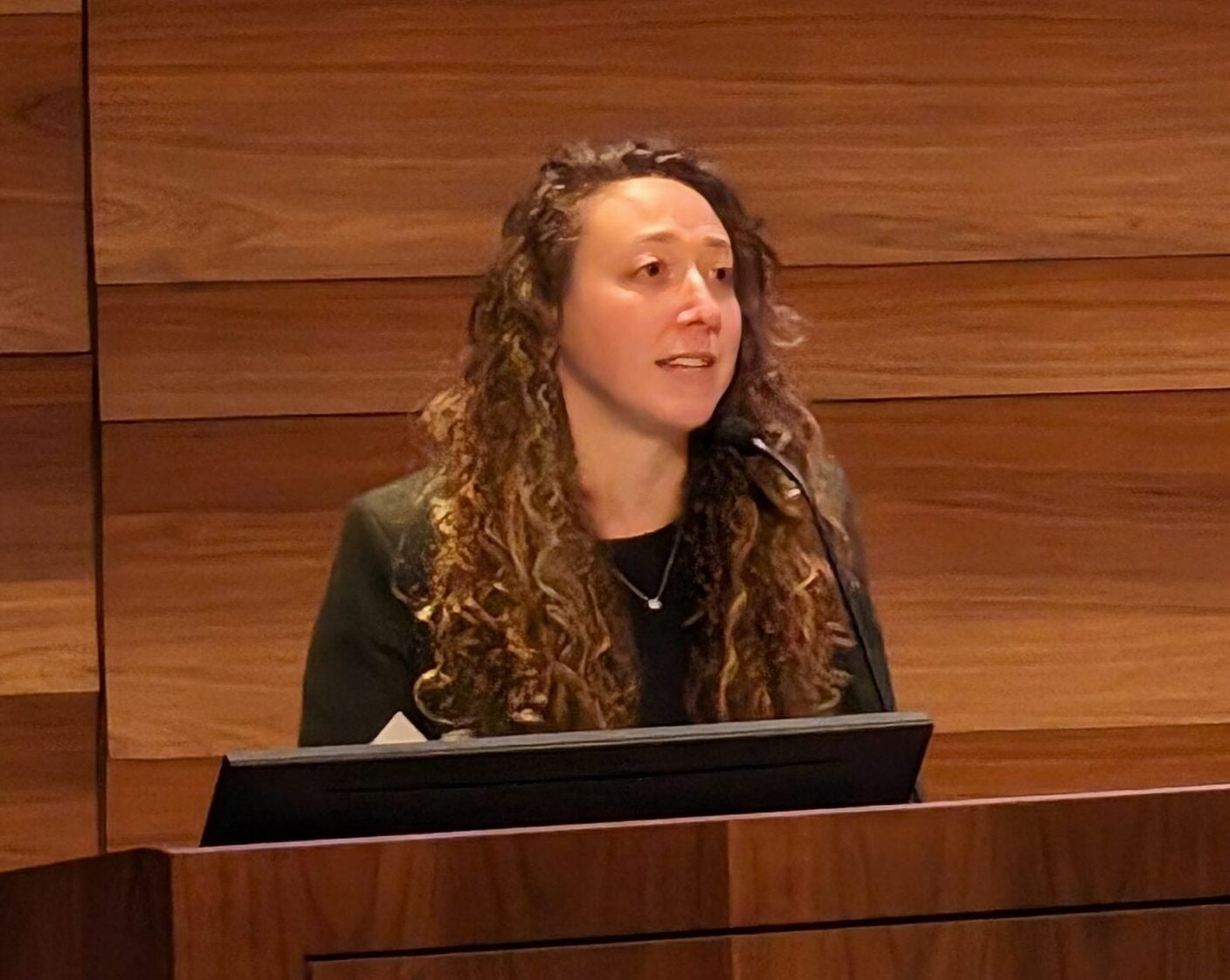Open Sustainability Policy Summit Recap and Video: Exploring the Energy Policy Simulator: A Powerful Tool for Climate Action
At the recent Open Sustainability Policy Summit, Rachel Goldstein, Research and Modeling Manager at Energy Innovation, took the stage to introduce the Energy Policy Simulator (EPS), a robust, free, and open source tool designed to aid policymakers in crafting effective energy and climate policies. Here’s a breakdown of the key insights from her presentation:
1. Introduction to the Energy Policy Simulator (EPS) Goldstein began by giving an overview of the EPS, a modeling tool created by Energy Innovation. The EPS is designed to operate at various scales, including state, national, and regional levels. It allows users to simulate the impact of different energy policies, enabling informed decision-making to meet climate and technology deployment targets.
2. Demonstration and Accessibility Goldstein provided a brief demonstration of the online version of the EPS, highlighting its user-friendly interface. The tool is publicly available and free to use, making it accessible to policymakers, researchers, and anyone interested in understanding the impacts of energy policies. Despite its comprehensive capabilities, the EPS is designed to be approachable, ensuring that users do not need advanced modeling skills to utilize it effectively.
3. Adaptability and Collaboration One of the standout features of the EPS is its adaptability. The tool can be customized with specific data from various regions, allowing for precise and relevant policy simulations. Energy Innovation collaborates with partners who may provide more detailed or proprietary data, enhancing the accuracy and relevance of the models for specific regions.
4. Policy Impact and Interaction Goldstein emphasized that the EPS is not just about technology optimization but about enabling unbiased, data-supported policy decisions. The simulator considers how different policies interact with each other, sometimes resulting in greater combined impacts or, conversely, in diminished effectiveness when certain policies are paired. This holistic approach ensures that policymakers can design comprehensive and effective policy packages.
5. Sector-Specific Insights and Future Developments The EPS covers a wide range of sectors, including buildings, transportation, and electricity. Goldstein discussed recent updates and ongoing improvements in these areas, such as incorporating new power plant types and considering detailed demographic data. These enhancements make the EPS more reflective of real-world complexities, providing deeper insights into the impacts of various policies.
6. Open Source and Community Engagement Goldstein highlighted the open-source nature of the EPS, encouraging community engagement and collaboration. Although the underlying software, VenSim, requires a license, Energy Innovation is committed to making the model as accessible as possible. This openness allows other organizations and individuals to contribute to and benefit from the tool, fostering a collaborative effort towards effective climate action.
